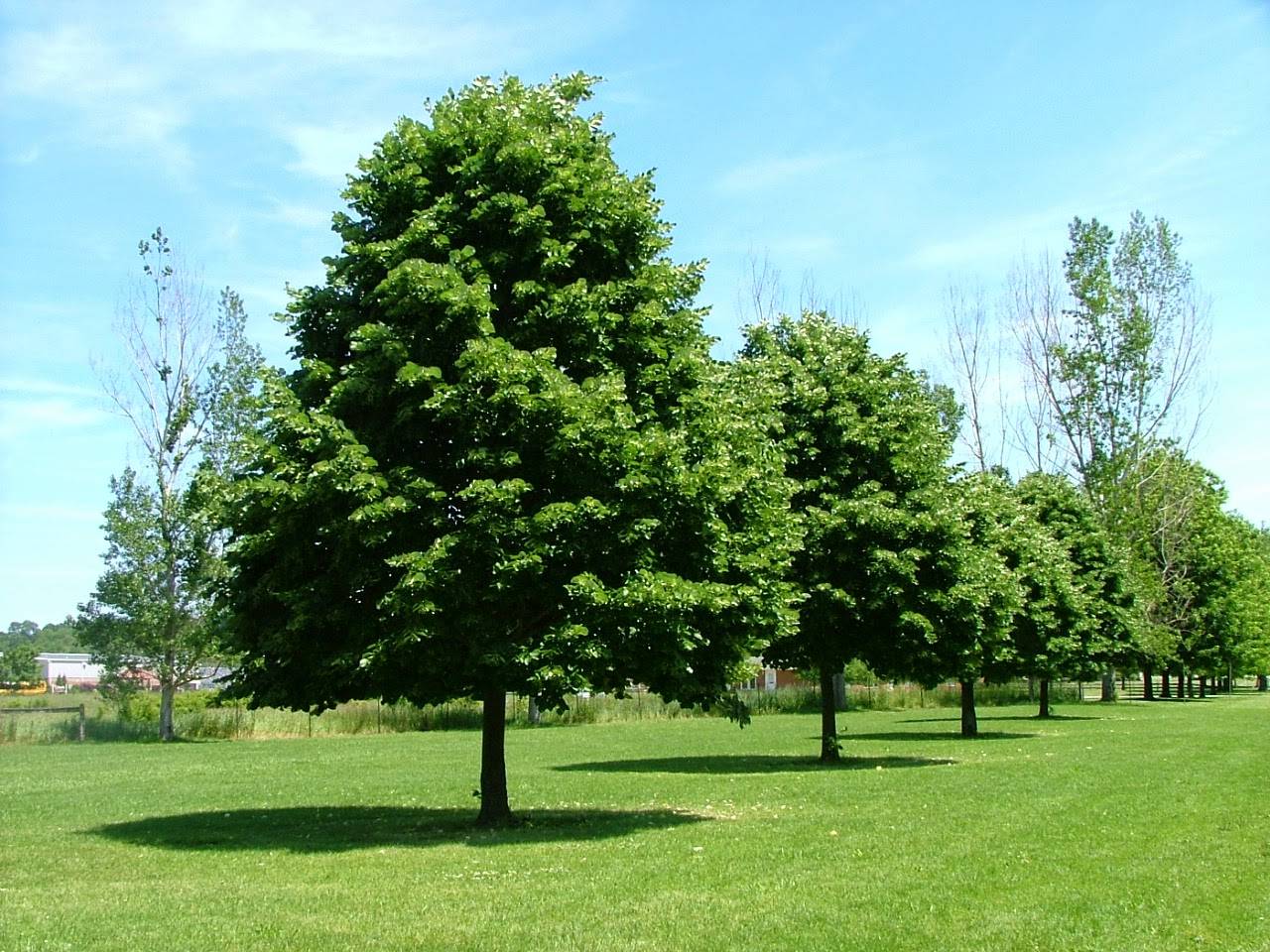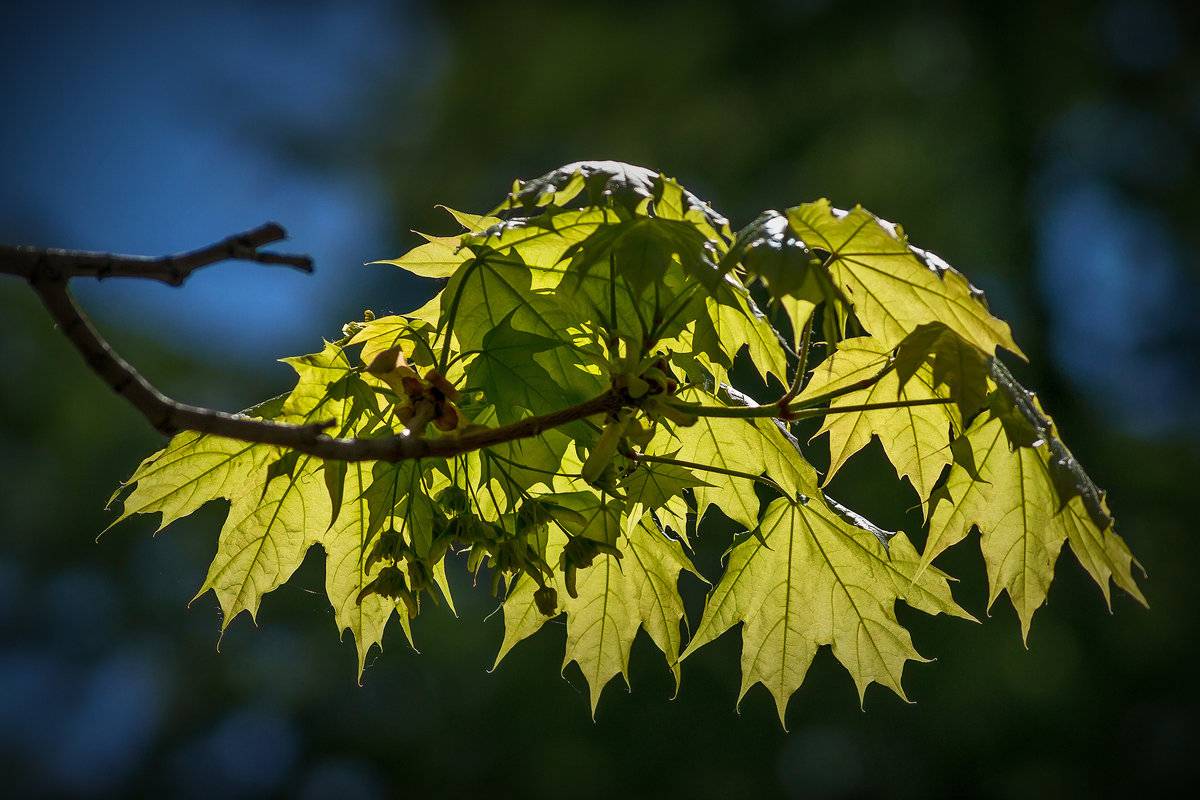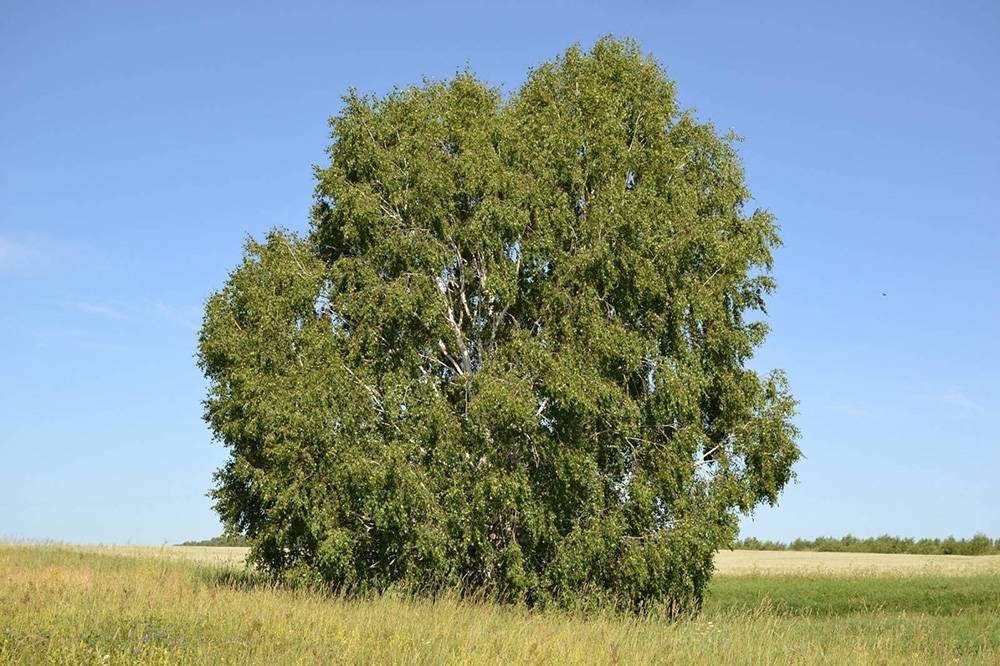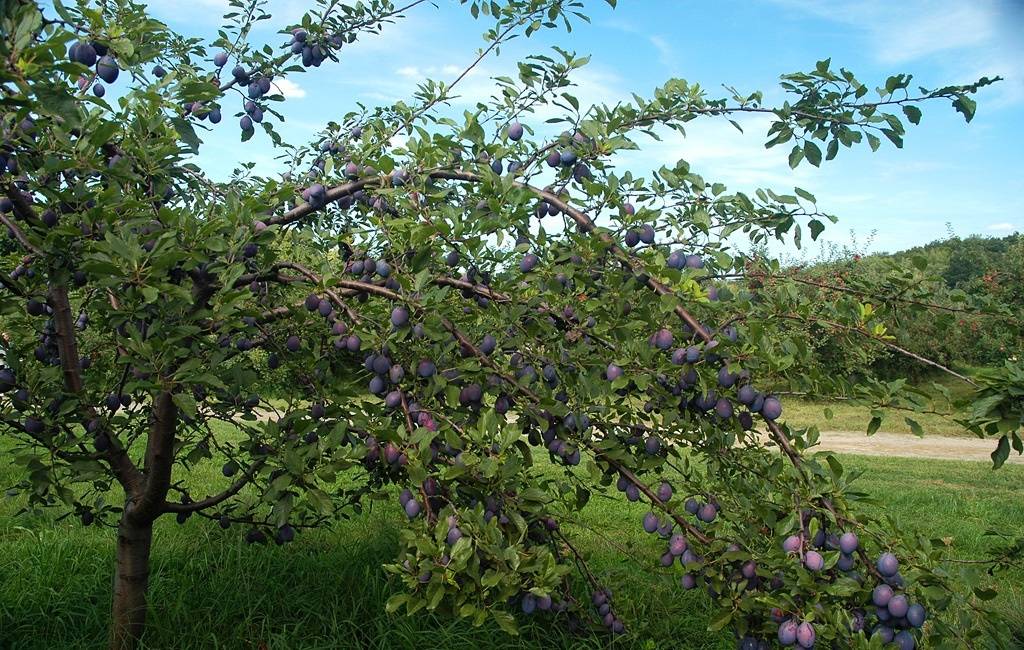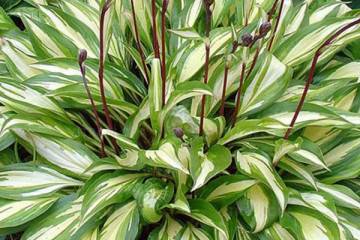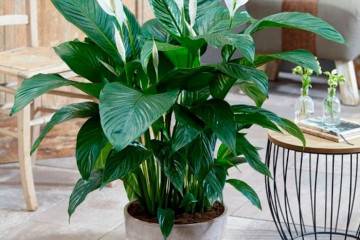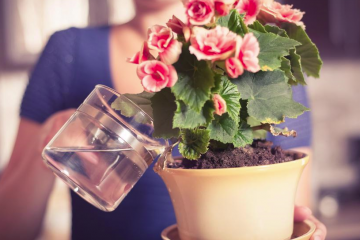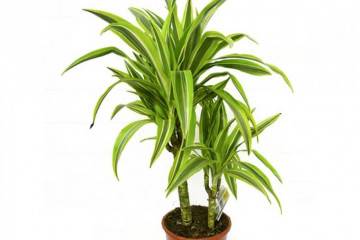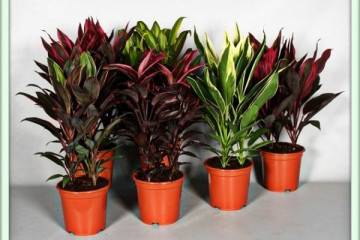Deciduous trees - types and life expectancy
Content:
Deciduous trees occupy most of the territory of Russia, and each of them has many different types. Some have a useful property - to take excess moisture from the soil, therefore they are used to drain swampy areas.
Deciduous trees
What trees are considered deciduous? In this case, it is worth rephrasing the question and asking which of them do not belong to this class of plants. After all, almost all trees that are not included in the coniferous group are considered deciduous species.
Lifespan of trees
Most deciduous trees have the same lifespan, ranging from 150 to 250 years. The longest-livers are beech - from 600 to 900 years old and pedunculated oak - about 1000 years.
Tree types
Deciduous tree species are classified according to physical and physical characteristics.
Common oak
This type of oak belongs to deciduous trees and can grow both in the northern regions and in the subtropics. There are over 500 species of this plant, but the common variety is the most common. The oak has massive dimensions and powerful branches. Its crown is very dense due to dense and petiolate leaf plates.
English oak
The petiolate variety grows in the western part of Russia, is often found in the Moscow region and throughout the entire area of the "Golden Ring". Oak is classified as a light-loving plant and grows up to 30 meters in height. Has elongated leaf plates of rich green color with medium-sized petioles.
White acacia
Deciduous trees can be of extraordinary beauty. White acacia has many snow-white flowers on the crown, which is why it is very popular in landscape design.
In the wild, the tree grows in the northern territories of the American continent. Acacia grows to almost 25 meters in height, but there are several varieties presented in the form of shrubs. The plant begins to bloom at the end of May and continues until the onset of July.
Palm-shaped maple
Among the trees of the middle lane, the leaves of the palm-shaped maple have the most unusual shape. The leaf plate is formed from 7-9 finger-like processes, which are pointed towards the edge. The flowering period depends on the latitude of growth, usually from May to June.
White birch
The most famous of all Russian deciduous tree names is white birch. The use of tree sap is widespread, and medicinal tinctures are brewed from the buds and leaves. The plant has a white dull bark and branches slightly hanging at the ends. The foliage is small, heart-shaped and jagged at the edges.
Norway maple
In this type of maple, the leaves have only large jagged blades. In summer, the plates are bright green, but closer to autumn they begin to acquire a rich and uniform yellow color.In appearance it is very similar to the Canadian maple subspecies.
Horse chestnut pavia
Deciduous plants are famous for their lush crown; the horse chestnut, which has a spherical dense crown, takes pride of place here. This tree is often surrounded by private houses, near which a pavia is planted around the perimeter. This variety has dark red flowers and jagged leaves.
Winged euonymus
A spectacular deciduous plant that can also be grown as a houseplant. Has an unusual openwork crown with small leaf plates. The plant can be grown in the form of a shrub, as it tends to grow strongly in breadth.
Forest beech, or European beech
The tree is 40 meters high, sometimes it can grow up to 55 meters, but its diameter does not exceed 2 meters. One of the longest living plants with an oval crown.
The wide leaves are round, slightly elongated. The bark of a young beech is brown-gray in color, and that of an adult beech is dark gray with scales on it.
Apple tree
The height of the apple trees may vary depending on the varieties. In Russia, most often, medium-sized trees are grown, with red and white-pink fruits. These deciduous plants bloom profusely from April or May to June and love well-lit areas.
Linden and its varieties
Among the known names of deciduous plants, a special niche is occupied by various varieties of linden. They are of the following types:
- Large-leaved or broad-leaved - grows in the central regions, has a pyramid-shaped crown and oval leaves.
- Small-leaved - perennial linden that blooms in May and has heart-shaped leaves and a red edging on them.
- Crimean - especially common on the territory of Crimea, but also found in more severe climatic regions.
Common ash
The tree is 30 meters high with a spherical crown. It has black buds, blooms before the formation of leaves. Narrow and elongated plates are of a pinnate type and consist of 7-12 small sheets.
Poplar and aspen
Another brightest representative of deciduous trees is poplar. This is a fast growing and elongated tree that will look spectacular in an urban environment. It has the ability to purify the air and remove pollution from exhaust gases.
The wasp leaves first have a bronze tint, but then turn green. Smooth gray bark, height about 20 meters.
Hornbeam
Hornbeam grows in European and West Asian forests. The crown of a tree can be both conical and in the form of a ball. The soft-leaved plant has a stable immunity to diseases, therefore it belongs to one of the strongest deciduous trees.
Moisture-loving trees for draining the site
Moisture-loving trees include those that tend to absorb excess moisture from the soil. They are especially useful when draining swampy areas.
Among deciduous trees, many tend to draw water from the ground. That is why they are often planted next to water bodies or swamps.
Fluffy birch
A 30-meter tree with brown-brown bark at a young age, over time it acquires a white tint. Unlike other species, birch does not have black cracks on the trunk. The leaf plates are smooth and shiny, colored in a light green hue.
Alder
The types of moisture-loving trees are quite unpretentious, including alder, which grows well both in the forest and in wetlands. The list of varieties of this plant includes more than 40 names. But all members of the group can only grow in temperate climates.
A 20-meter tree has a round or conical crown.The leaf plates can be green or with a golden sheen, the ends are slightly pointed.
Larch
It grows mainly in the taiga or high in the mountains in Asian territories. It grows up to 50 meters in height and has a thick trunk with a diameter of at least 1 meter. The loose, translucent crown is formed in the shape of a cone, however, older trees have a spherical appearance.
Ash
Ash has one of the most durable woods, which is why in ancient times it was used to make weapons. Now its wooden part is used for the manufacture of furniture, musical instruments, and the bark with fruits is used in pharmaceuticals. Ash can grow up to 50 meters, therefore it has a very strong and wide root system. Its bright green leaves are ovoid and some varieties have jagged edges.
Maple Tatarsky
Maple is very easy to spread and is known for its self-seeding ability. It takes root in any conditions, therefore it is grown near industrial enterprises, schools, etc. The average height of the Tatar maple is 10 meters, the dark green leaves are serrated along the edges and are triangular in shape.
What fruit trees love moisture
Among the moisture-loving shrubs and trees, there are also fruit plants. They are planted in garden plots that are swampy and need to drain the soil. Thus, you can simultaneously "kill two birds with one stone": bring the site to a normal state and grow fruit trees.
Plum (thorny plum, cherry plum)
These fruit shrubs look very impressive during flowering and do not have the ability to get sick during wet rainy periods.
Plums can be planted even next to a swamp and in multiple quantities, so the drainage of the site will be faster. Trees consume moisture to form strong branches, dense leaves and fruits.
You cannot plant any trees on a garden plot if it has swampy areas. Deciduous plants can be good dehumidifiers and beautify garden plots if their characteristics and properties are studied.
